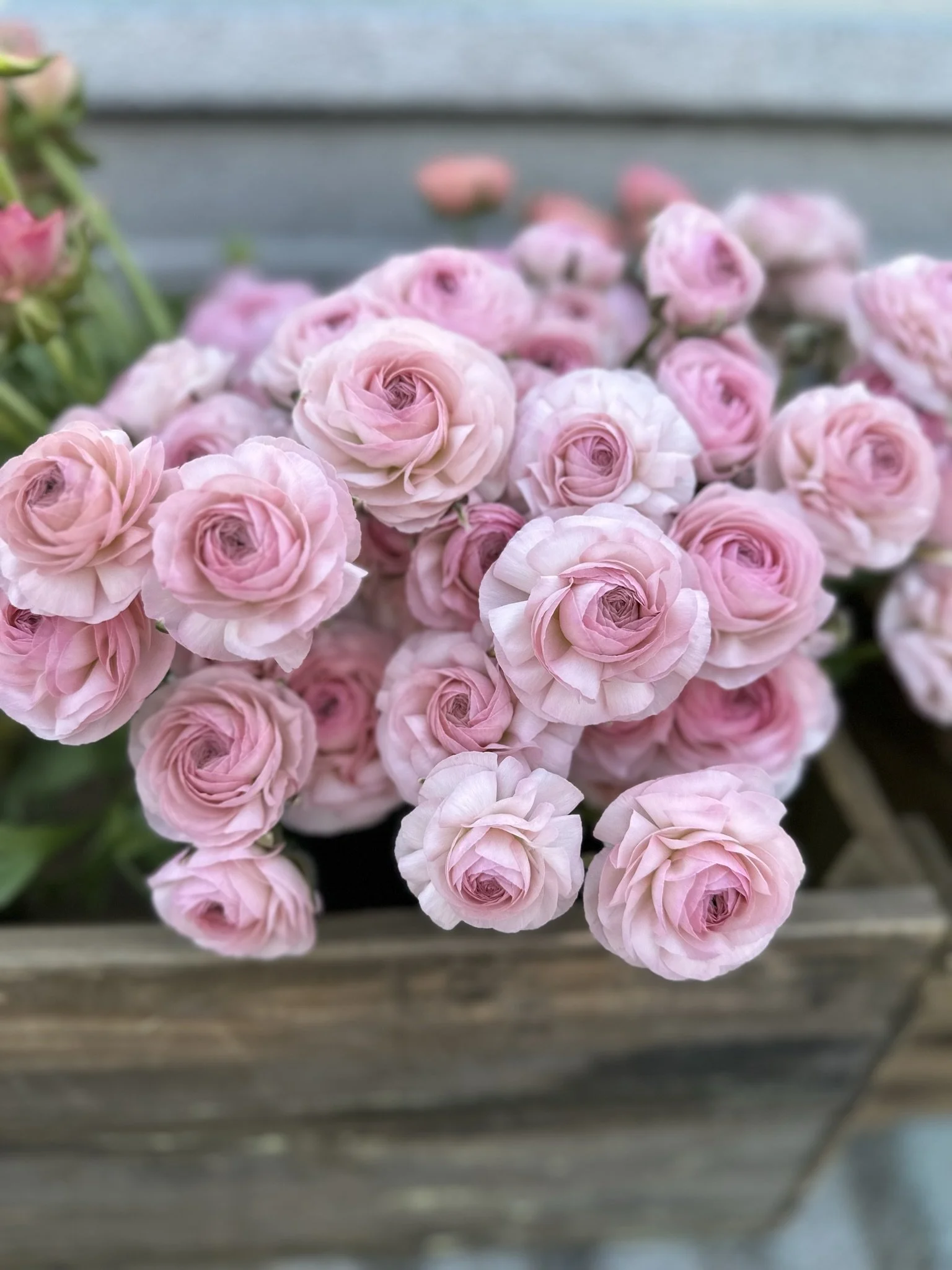 Image 1 of 8
Image 1 of 8

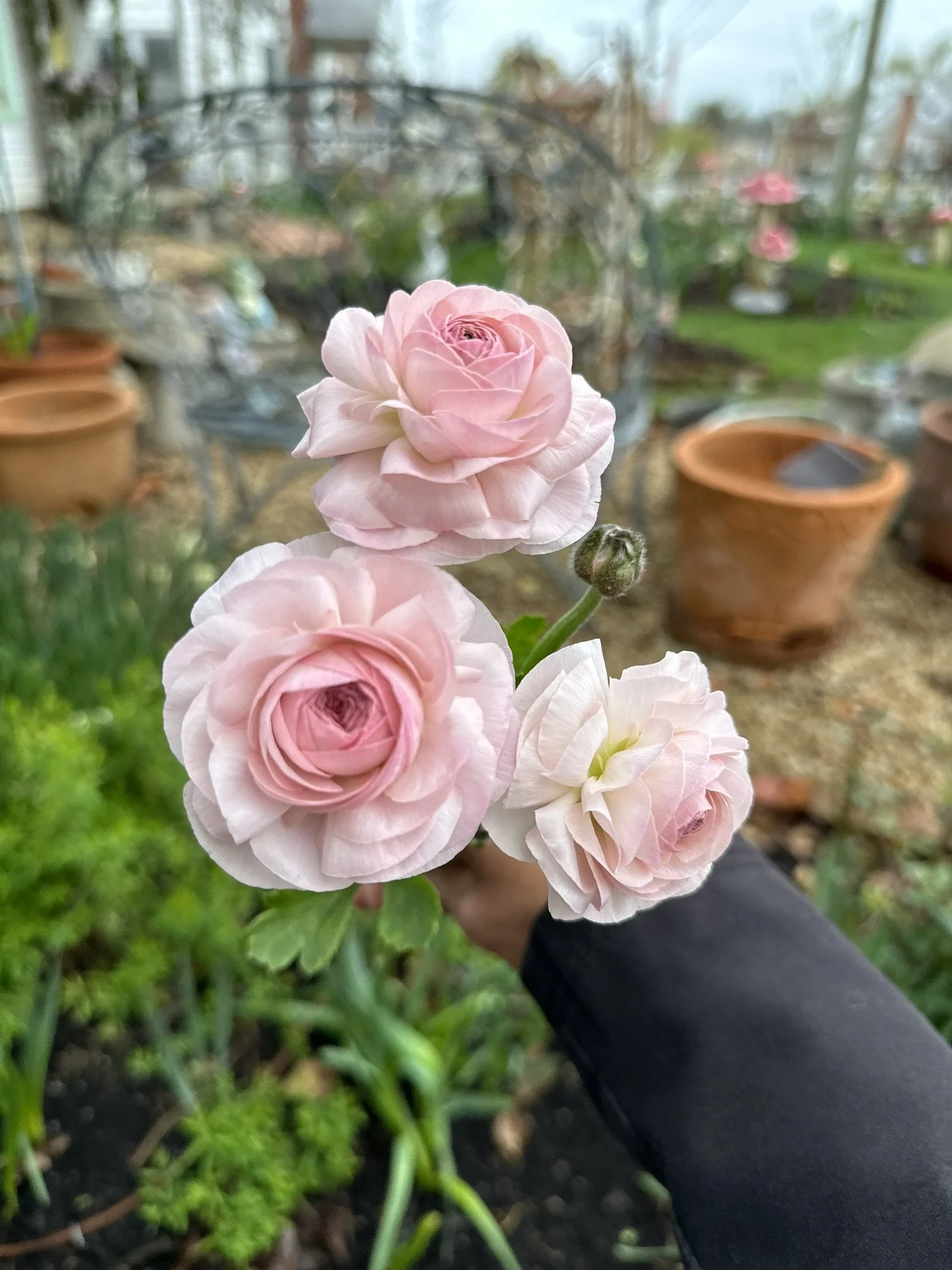 Image 2 of 8
Image 2 of 8

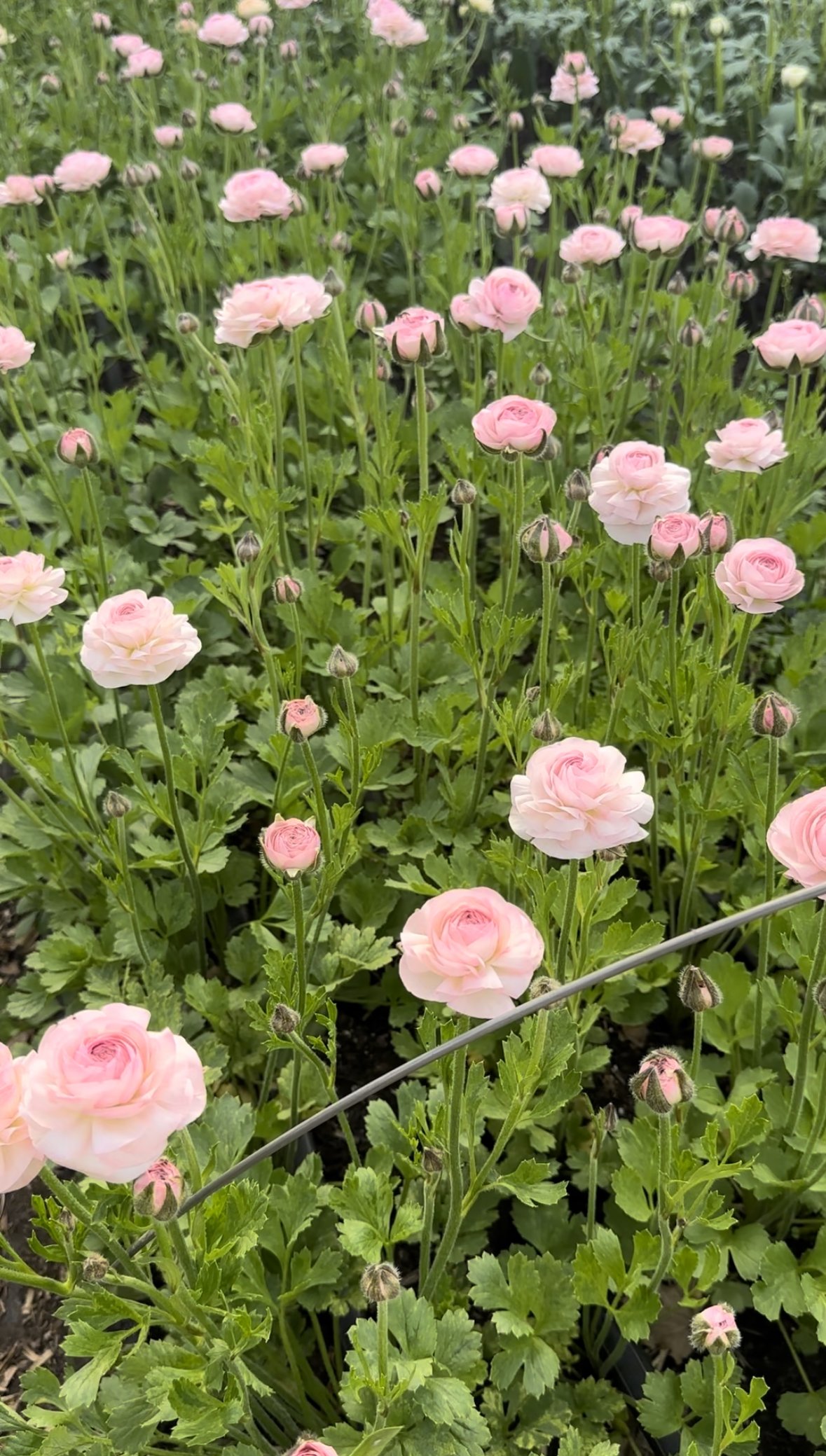 Image 3 of 8
Image 3 of 8

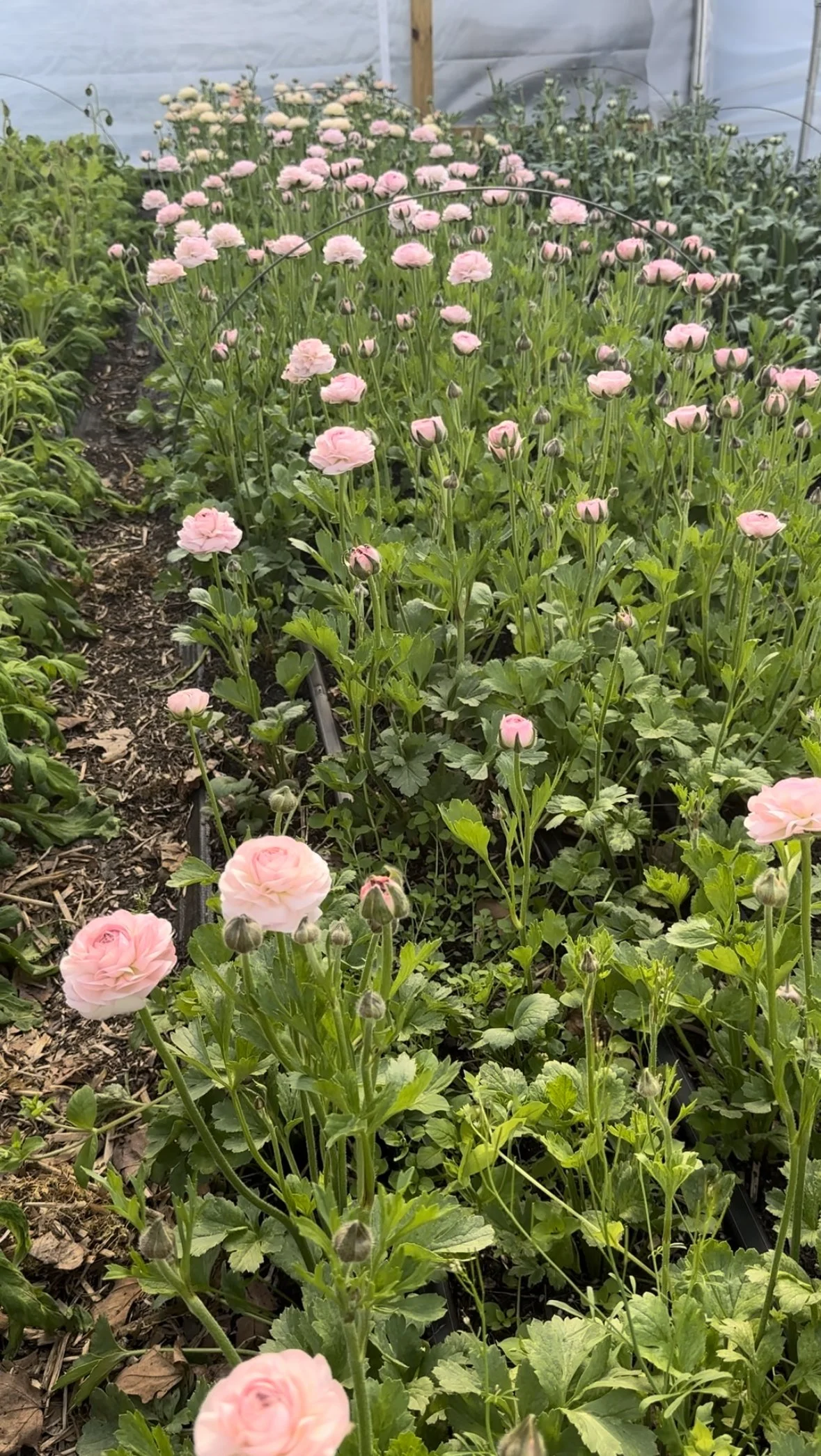 Image 4 of 8
Image 4 of 8

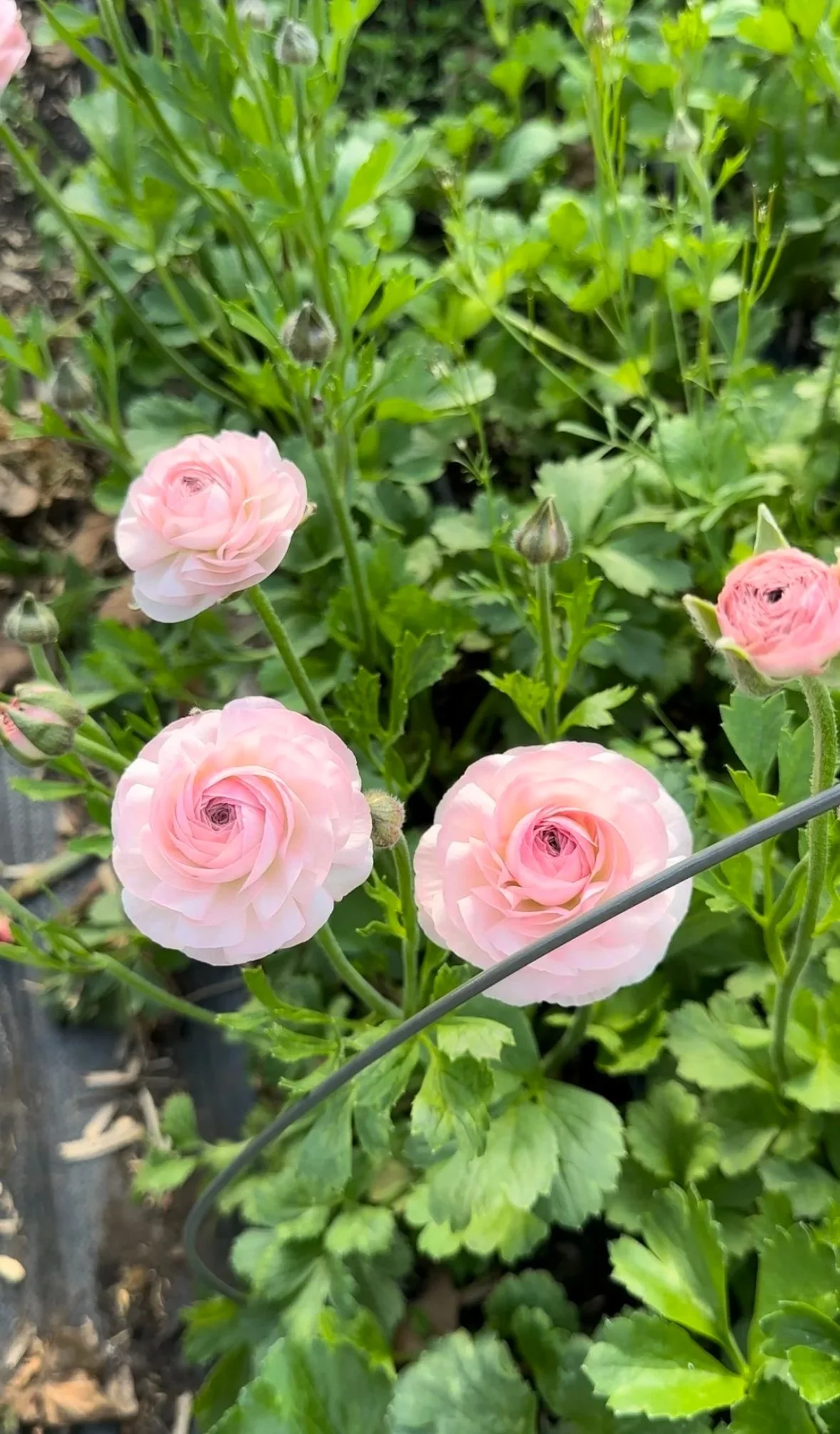 Image 5 of 8
Image 5 of 8

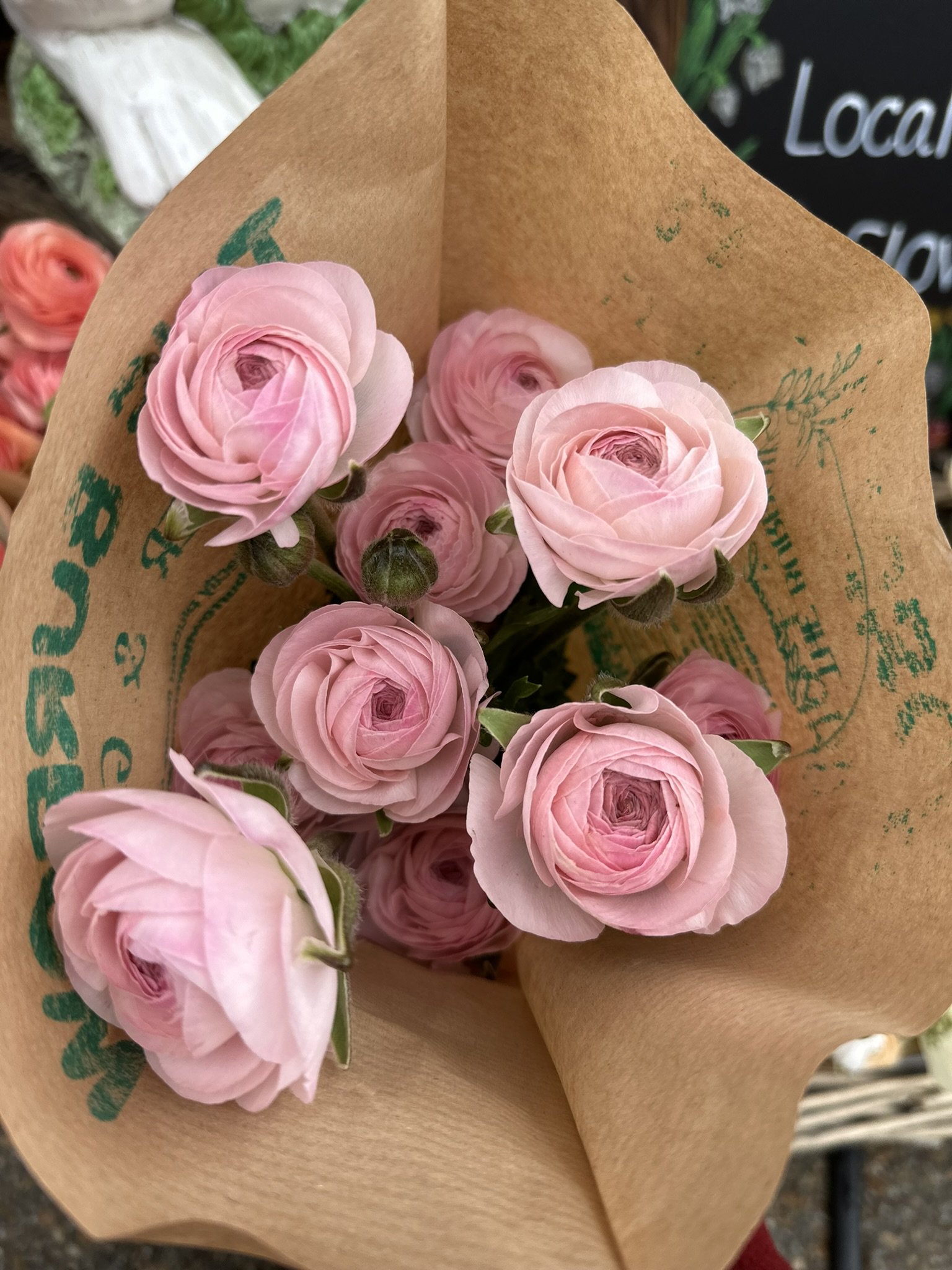 Image 6 of 8
Image 6 of 8

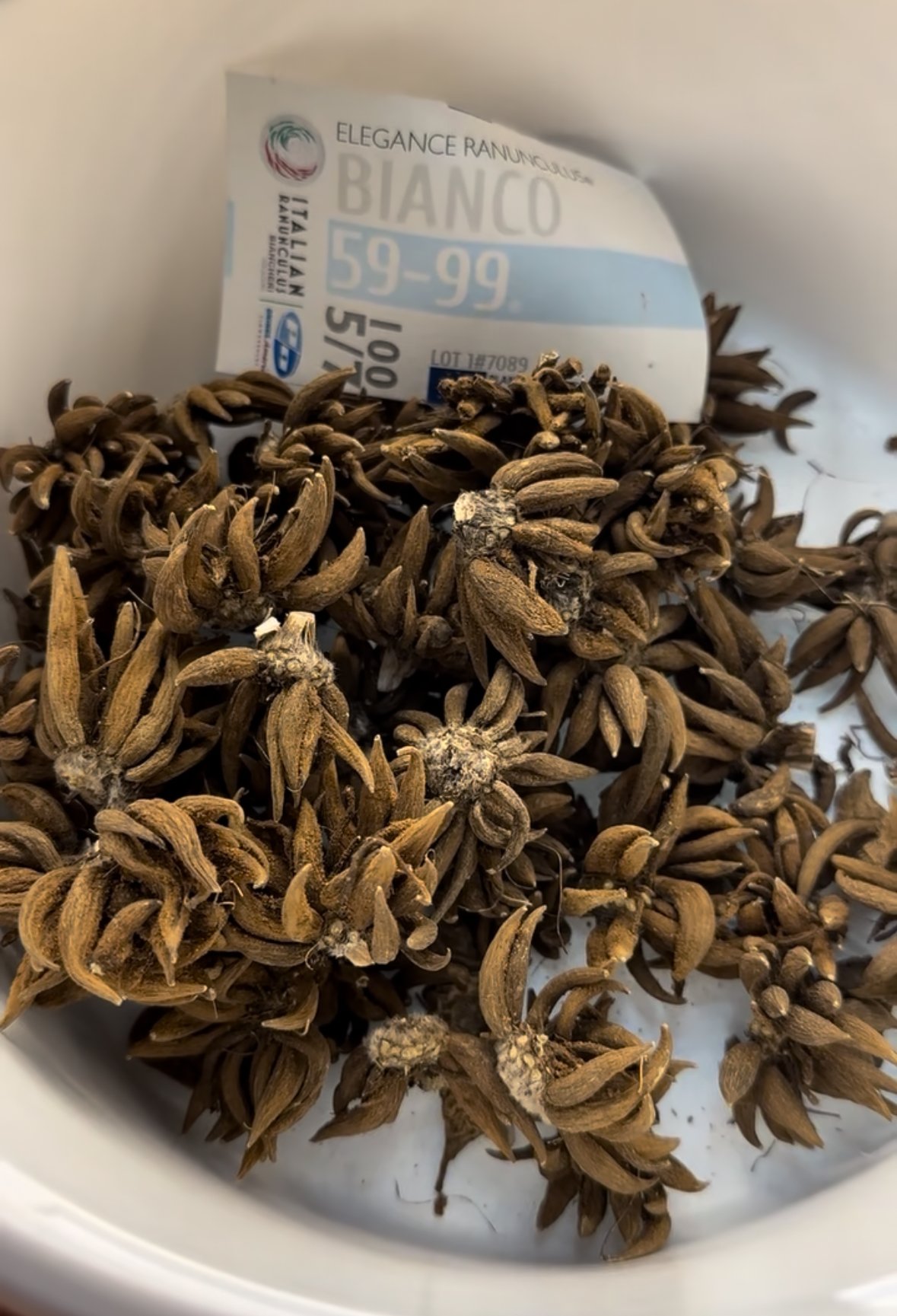 Image 7 of 8
Image 7 of 8

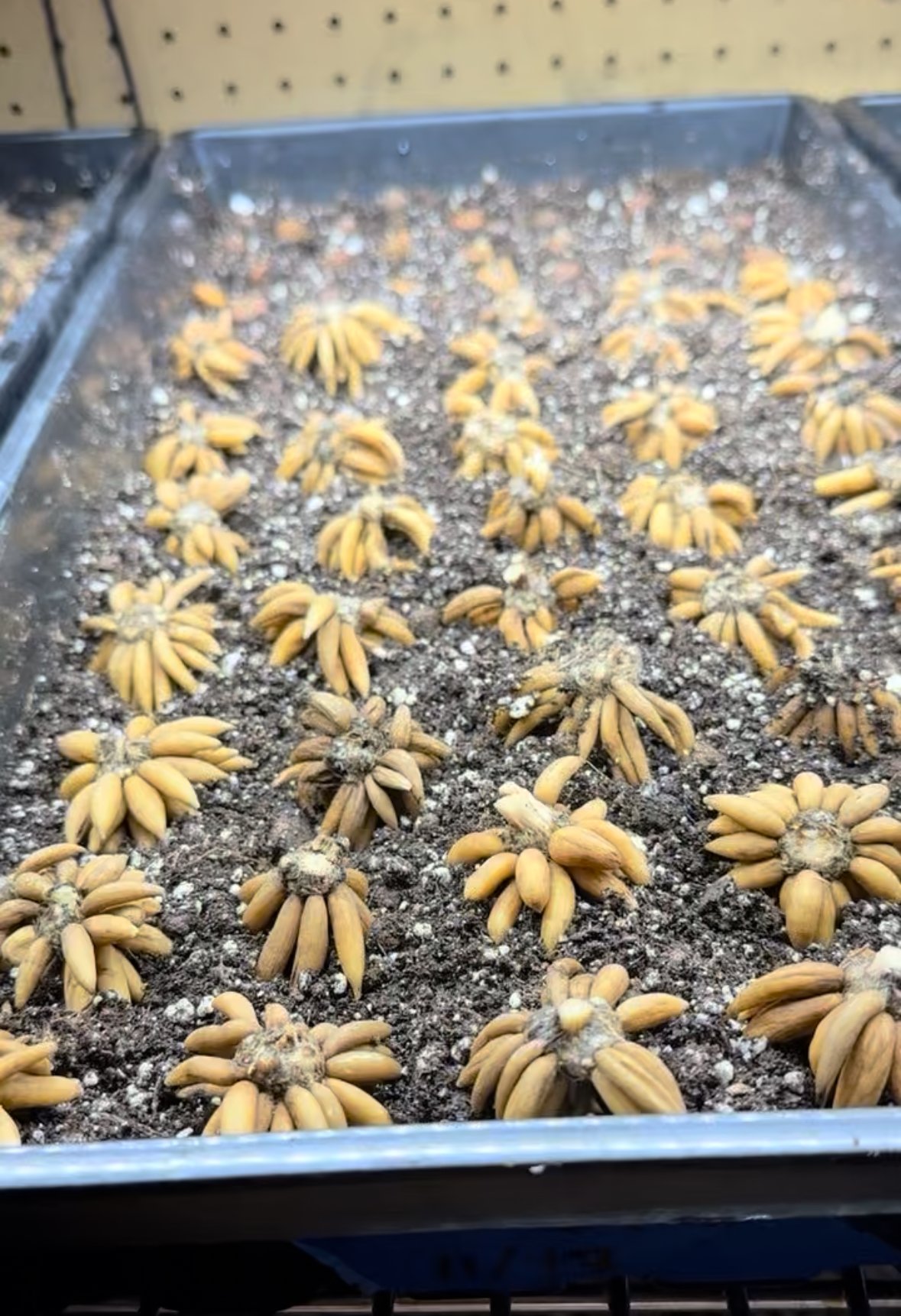 Image 8 of 8
Image 8 of 8









Ranunculus Romance Seine
Pack size : 5 corms
Fall Shipping (late September - late October)
Romance Seine Ranunculus
Softly blushed with lavender and silvery pink, Romance Seine is a ranunculus of rare elegance. Its layered petals open like a rose caught in a dream — delicate, but remarkably resilient. Perfect for cutting, each bloom sits proudly on strong stems, bringing a touch of spring romance to garden and vase alike. Plant in rich, well-drained soil and full sun, and it will reward you with flowers that feel like a quiet celebration.
How to Plant & Grow Ranunculus
Quick Planting Guide
Planting time: Fall in mild climates (Zones 7–10), or early spring after frost in colder climates
Soil: Loose, fertile, well-draining
Depth & spacing: 2–3" deep, 6–9" apart
Light: Full sun (with light afternoon shade in hot regions)
Bloom: 12–16 weeks after planting (fall planting = late winter–spring blooms; spring planting = late spring–early summer blooms)
Step-by-Step Planting Instructions
1. Prepare the corms
Ranunculus grow from claw-shaped corms.
Soak corms in cool water for 3–4 hours before planting (no longer than 6).
Plant with the “claw” side down. If unsure, lay corms on their side and shoots will find their way up.
2. Pre-sprouting (optional but recommended)
Pre-sprouting gives stronger plants and more reliable blooms.
After soaking, place corms in a shallow tray with barely damp vermiculite, peat moss, or potting mix.
Store in a cool, dark place (40–50°F / 4–10°C) for 1–2 weeks.
When little white rootlets appear, transplant into beds or pots.
3. Prepare the planting site
Choose a sunny spot with excellent drainage.
Loosen soil 8–10" deep and enrich with compost.
If soil is heavy, add grit or sand to improve drainage — ranunculus will rot in soggy soil.
Raised beds and containers are ideal.
4. Plant the corms
Plant 2–3" deep, 6–9" apart.
Water well after planting to settle the soil.
In cold climates, protect young shoots from frost with row cover or frost cloth.
5. Growing on & care
Watering: Keep soil consistently moist during active growth but never waterlogged.
Feeding: Once foliage appears, feed every 2–3 weeks with a balanced liquid fertilizer or organic flower feed.
Mulching: Apply a light mulch to regulate moisture and soil temperature.
6. Bloom time & harvest
Ranunculus bloom about 12–16 weeks after planting.
Cut stems when buds are colored and soft but not fully open — this gives the best vase life.
With regular cutting, plants continue to produce new blooms.
Tips for Success
Stagger plantings every 2 weeks for a longer bloom season.
Protect from slugs, snails, and late frosts when shoots are young.
Ranunculus are a florist favorite for their layered, rose-like blooms and long vase life (7–10 days or more).
Pair beautifully with anemones, tulips, and sweet peas.
Pack size : 5 corms
Fall Shipping (late September - late October)
Romance Seine Ranunculus
Softly blushed with lavender and silvery pink, Romance Seine is a ranunculus of rare elegance. Its layered petals open like a rose caught in a dream — delicate, but remarkably resilient. Perfect for cutting, each bloom sits proudly on strong stems, bringing a touch of spring romance to garden and vase alike. Plant in rich, well-drained soil and full sun, and it will reward you with flowers that feel like a quiet celebration.
How to Plant & Grow Ranunculus
Quick Planting Guide
Planting time: Fall in mild climates (Zones 7–10), or early spring after frost in colder climates
Soil: Loose, fertile, well-draining
Depth & spacing: 2–3" deep, 6–9" apart
Light: Full sun (with light afternoon shade in hot regions)
Bloom: 12–16 weeks after planting (fall planting = late winter–spring blooms; spring planting = late spring–early summer blooms)
Step-by-Step Planting Instructions
1. Prepare the corms
Ranunculus grow from claw-shaped corms.
Soak corms in cool water for 3–4 hours before planting (no longer than 6).
Plant with the “claw” side down. If unsure, lay corms on their side and shoots will find their way up.
2. Pre-sprouting (optional but recommended)
Pre-sprouting gives stronger plants and more reliable blooms.
After soaking, place corms in a shallow tray with barely damp vermiculite, peat moss, or potting mix.
Store in a cool, dark place (40–50°F / 4–10°C) for 1–2 weeks.
When little white rootlets appear, transplant into beds or pots.
3. Prepare the planting site
Choose a sunny spot with excellent drainage.
Loosen soil 8–10" deep and enrich with compost.
If soil is heavy, add grit or sand to improve drainage — ranunculus will rot in soggy soil.
Raised beds and containers are ideal.
4. Plant the corms
Plant 2–3" deep, 6–9" apart.
Water well after planting to settle the soil.
In cold climates, protect young shoots from frost with row cover or frost cloth.
5. Growing on & care
Watering: Keep soil consistently moist during active growth but never waterlogged.
Feeding: Once foliage appears, feed every 2–3 weeks with a balanced liquid fertilizer or organic flower feed.
Mulching: Apply a light mulch to regulate moisture and soil temperature.
6. Bloom time & harvest
Ranunculus bloom about 12–16 weeks after planting.
Cut stems when buds are colored and soft but not fully open — this gives the best vase life.
With regular cutting, plants continue to produce new blooms.
Tips for Success
Stagger plantings every 2 weeks for a longer bloom season.
Protect from slugs, snails, and late frosts when shoots are young.
Ranunculus are a florist favorite for their layered, rose-like blooms and long vase life (7–10 days or more).
Pair beautifully with anemones, tulips, and sweet peas.